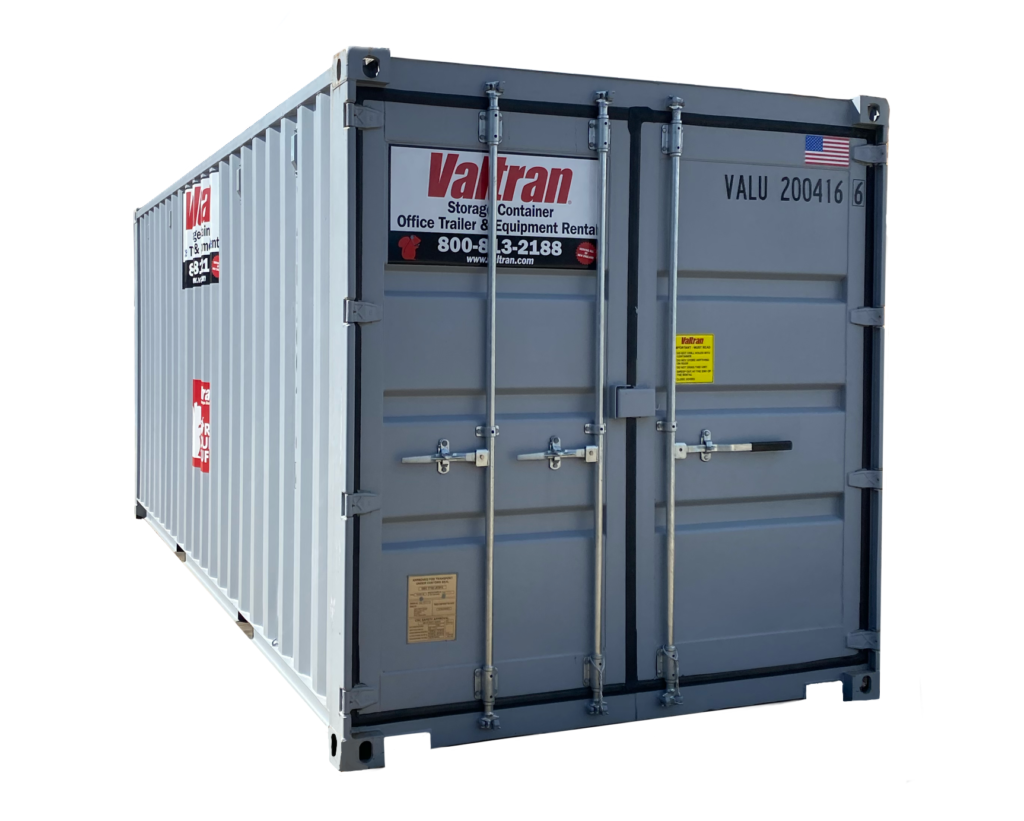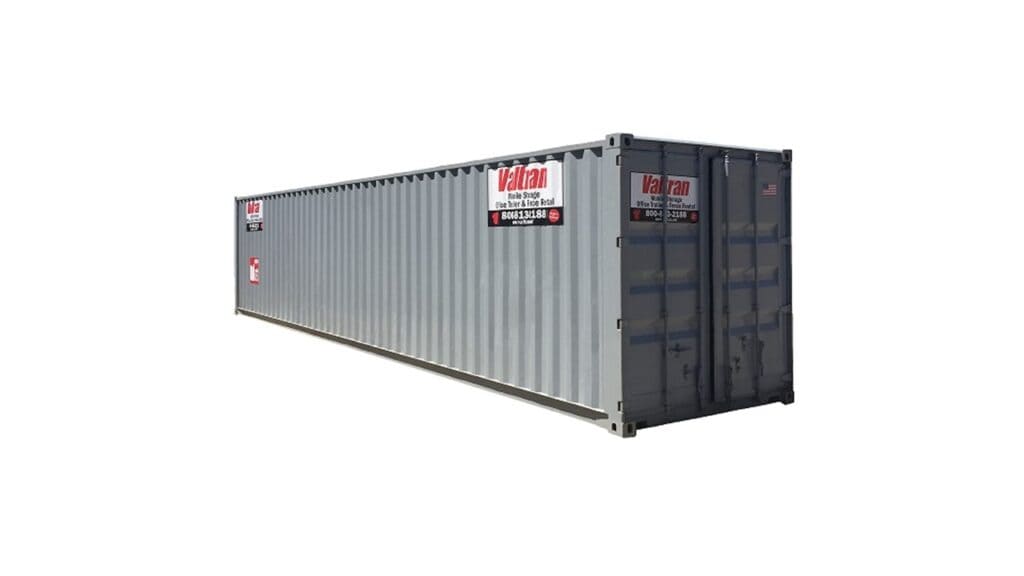When considering a shipping container for storage, shipping, or even transforming it into a living or workspace, one of the first things you’ll need to understand are the various shipping container dimensions. Whether you’re looking to buy or rent, comprehending the dimensions is crucial to ensure your needs are adequately met.
Why Do Shipping Container Dimensions Matter?
Shipping container dimensions matter for a variety of reasons. Depending on their intended use, the size and shape of a container can significantly impact its suitability. For instance, if you’re planning to use it for storage, you’ll want to ensure the items you intend to store can comfortably fit inside. Similarly, if you’re thinking of creating a shipping container home or office, understanding the dimensions can help you design a comfortable and functional space.
Breaking Down Standard Shipping Container Sizes
There are several standard sizes of shipping containers, each with its own specific dimensions and common uses.
- 20ft Containers: The 20ft container, also known as a TEU (Twenty-foot Equivalent Unit), is one of the most common shipping containers. It typically measures 20ft in length, 8ft in width, and 8.5ft in height, offering about 1,360 cubic feet of storage space. It’s an ideal choice for small to medium-sized storage needs.
- 40ft Containers: The 40ft container, or FEU (Forty-foot Equivalent Unit), is twice as long as a 20ft container. It also measures 8ft in width and 8.5ft in height, providing about 2,720 cubic feet of storage space. It’s often used for large storage needs or converted into spacious container homes or offices.
Impact of Shipping Container Dimensions on Choice
Understanding the dimensions of shipping containers can significantly impact your choice. The size you select will largely depend on your specific needs. A 20ft container might be perfect for a small storage requirement or a compact mobile office, while a 40ft would be better suited to larger storage needs or more spacious living areas.
High Cube vs. Standard Height Containers
It’s also worth noting the differences between high cube and standard height containers. High cube containers are an extra foot taller than standard height containers, making them a popular choice for conversions into homes and offices where additional headroom is desirable.
Conclusion
Understanding shipping container dimensions is a crucial factor when considering a rental or purchase. Whether your needs are big or small, there’s a container size that’s just right for you. By taking into account the dimensions of the available containers, you can make an informed choice that will suit your needs perfectly.
If you’re interested in exploring more about containers, check out our comprehensive guide: ‘The Complete Guide to Container and Trailer Rentals‘.
Ready to find your perfect container? Feel free to reach out for more information or browse our selection of top-quality shipping containers. We’re here to help every step of the way!




